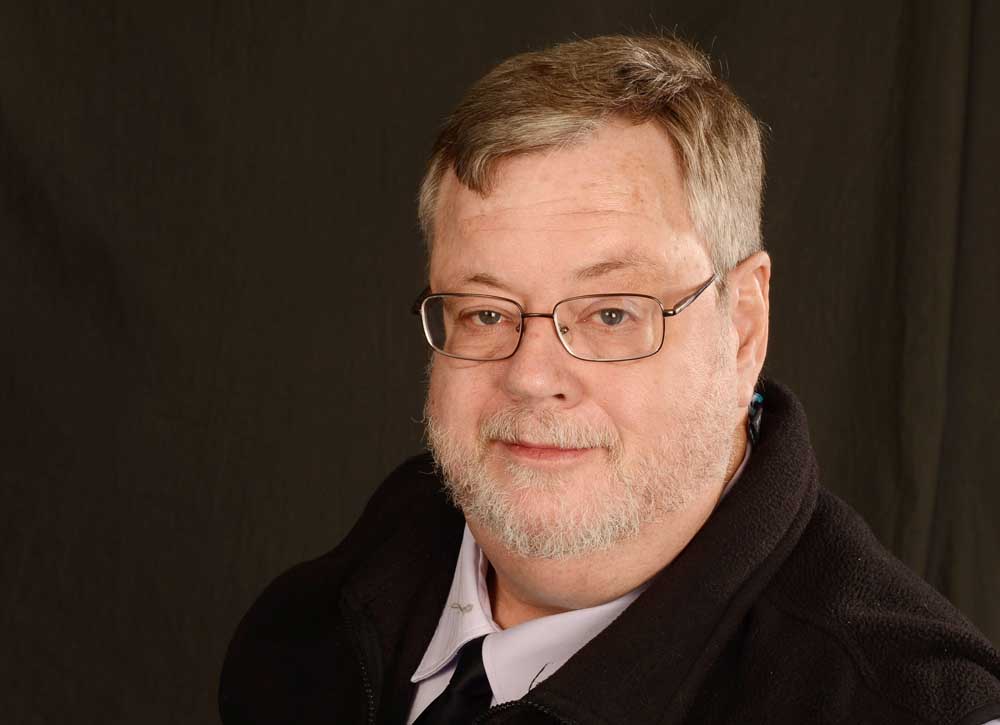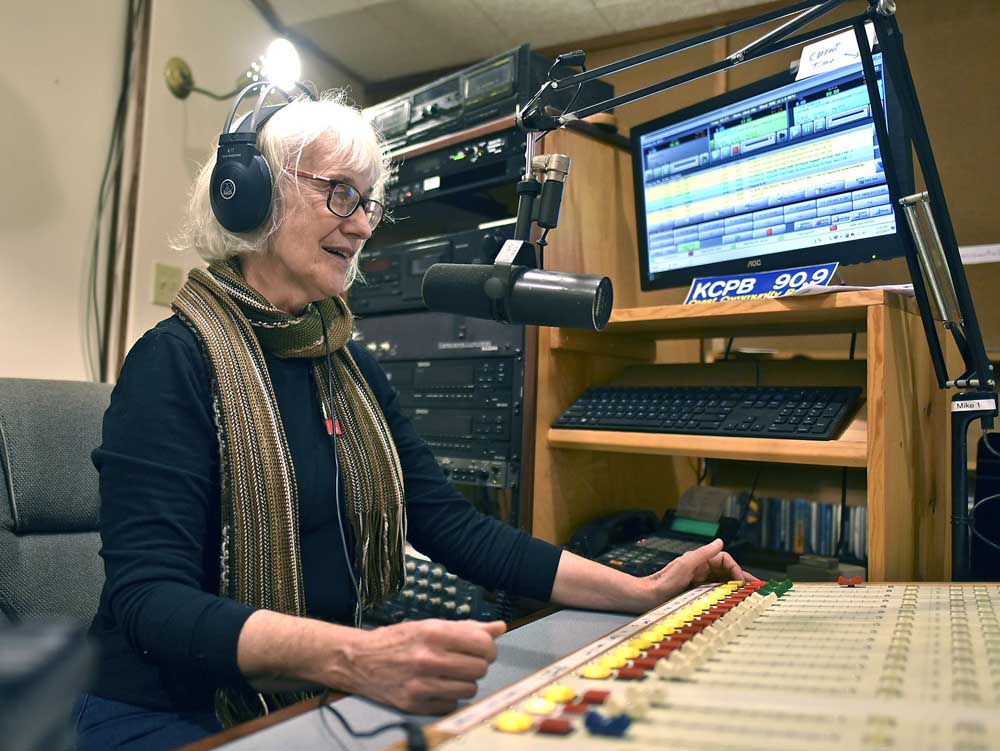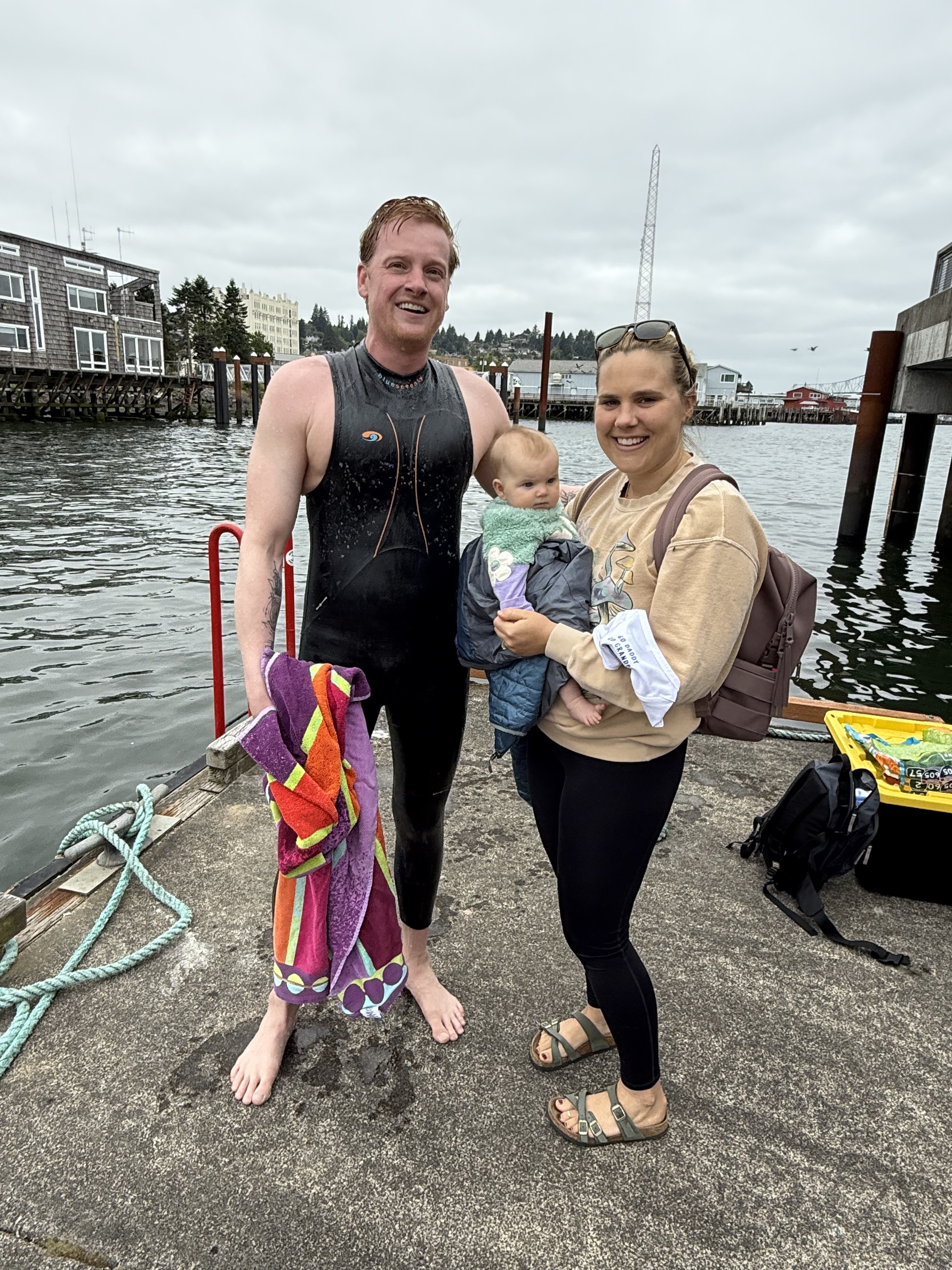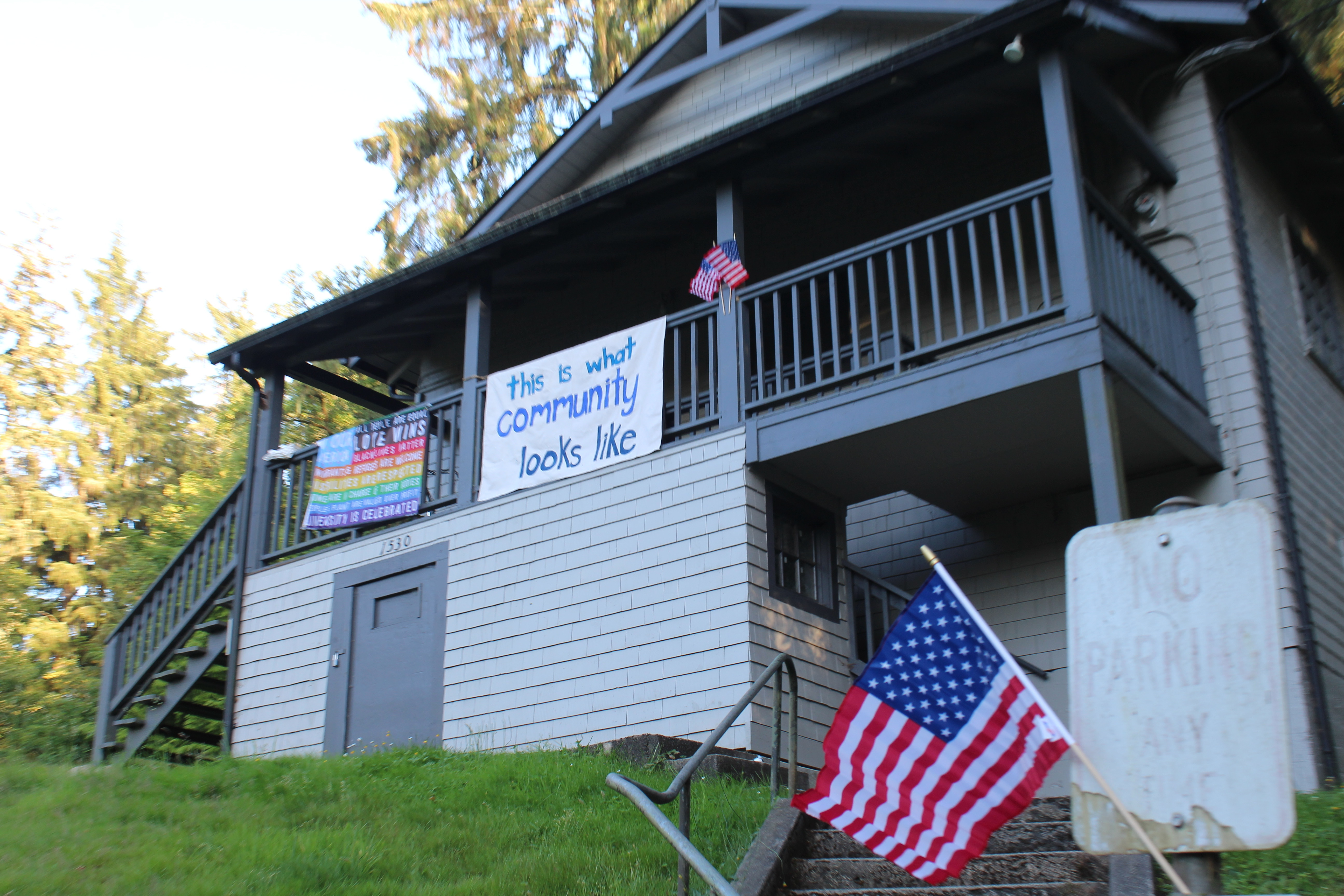Guest Column: Is the rural-urban divide myth or reality?
Published 12:30 am Tuesday, April 12, 2022

- Dick Hughes
For your political reading pleasure, the early edition of the state voters’ pamphlet for the May 17 election – the Military/Overseas Voters’ Guide – is online from the Secretary of State’s Office.
Trending
At the tail end are three local ballot measures. Ones in Klamath and Douglas counties would continue the unlikely quest to merge eastern and southern Oregon into Idaho. The voters’ guide endorsements from Move Oregon’s Border ask, “Who do you trust with your child’s future: Idaho government or Oregon government?”
The third measure, in coastal Charleston, would tax short-term lodging to promote tourism, support public safety and spruce up the community. An argument in favor states, “All of the funds stay within the county and nothing is sent to Salem, benefiting the area directly.”
Ah, the fraught relationship between rural Oregon and the state capital, although more often it’s characterized as the rest of Oregon vs. Portland.
Trending
Is the rural-urban divide a myth or daily reality? Talking with reporters before this year’s legislative session, state Sen. James Manning Jr., D-Eugene, called it a myth because he represents both urban and rural areas. He said it’s his responsibility to understand all constituents’ concerns.
Does that happen with all, even most, legislators? In this election year, it seems worth quizzing legislative and gubernatorial candidates about the urban-rural relationship. How many urban candidates have visited all 60 Oregon House districts? How many rural politicians have gotten to know every legislative district in the Portland metro area?
Certainly, many issues are statewide, such as child care. Or housing, which is in such short supply everywhere that Salem ranks even worse than Portland in comparative housing affordability. Hospitality workers in tourist areas, whether along the coast or in winter sports areas, cannot afford to live there.
Yet vast differences exist between big cities, with revenue to pay for government services, and sparsely populated areas. For example, much of rural Oregon must depend on state police for law enforcement protection, as Sen. Fred Girod, R-Lyons, reminds his colleagues.
Drug cartels gained a foothold in southern Oregon for illicit marijuana grows, he said, because Oregon’s population nearly doubled since Tom McCall was governor while the number of troopers dropped by more than one-third.
Other rural examples: Klamath County has the highest unemployment rate in Oregon, not having fully recovered from the Great Recession. Internet access is so poor in Jackson and Josephine counties that 22% of respondents to a recent survey said they had considered moving.
Meanwhile, rural residents have legitimate reasons for believing they have less say in state government. They increasingly are outnumbered. “This is why Oregon passes laws that kill southern Oregon industries and values,” said Mike McCarter, of Citizens for Greater Idaho, in his voters’ guide argument.
It’s important to note, however, that the 2022 Legislature took several actions aimed at helping rural Oregon. That included devoting $100 million for rural projects vetted by a team consisting of Reps. David Gomberg, D-Otis; Mark Owens, R-Crane; and Greg Smith, R-Heppner; and Senate Republican Leader Tim Knopp, of Bend.
Pollster John Horvick, of DHM Research, recently pointed out that only 42% of voters live in the Portland metro area. Of the remainder, 27% live in the other Willamette Valley counties, and 31% in the rest of the state.
However, a majority of Democrats (53%) reside in the Portland area, whereas a plurality of Republicans (41%) live outside Portland and the Willamette Valley.
Bear in mind that Democrats, Republicans, Independent, unaffiliated and minor-party voters can be found everywhere, including Democrats in drought-stricken Klamath County. Democrats included this statement in their voters’ guide argument against creating a county Border Relocation Board: “… It won’t rain any more here just by calling ourselves part of Idaho. …”









